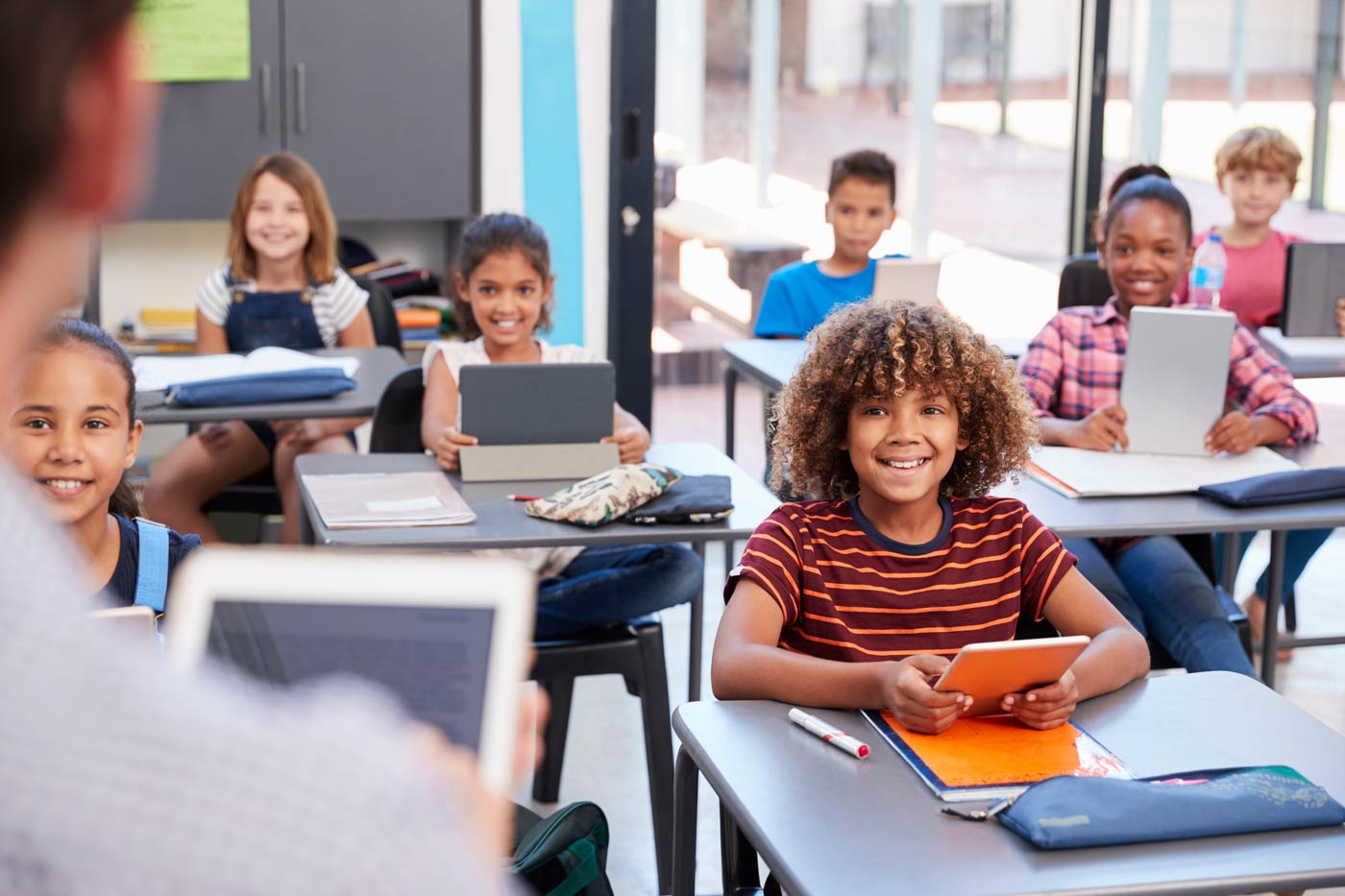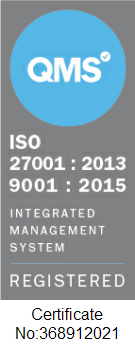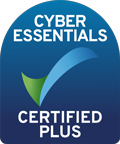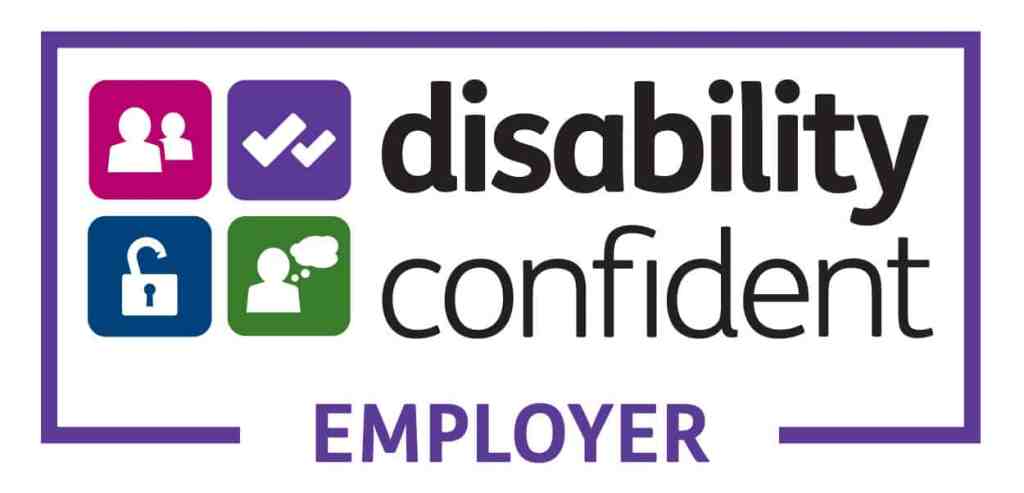Technology is everywhere.
From our homes to our workplaces, just about every aspect of modern life has been impacted by it in some way. Almost everything we do now depends on an electronic device in your hands or a server somewhere miles away. But its role in schools, teaching, and learning has been much more limited.
Until recently, OHPs, blackboards and paper handouts were still the default tools used by educators across the globe. And while advancements have been made (such as the adoption of digital displays) the pace of change has traditionally lagged behind the expansion of technology in other areas of our lives.
But then COVID-19 happened.
The arrival of a global pandemic meant that overnight entire sections of society had to pivot to operating remotely. With “business as usual” no longer an option, even the most reluctant educators were forced to adopt technology in order to stay connected with their students. The pace of change was rapid as necessity fuelled decades’ worth of innovation in the space of just a few short months.
Today, with restrictions eased, the role that technology is playing shows no sign of slowing down. If anything, the pace of change is only accelerating. So as EdTech continues to transform our classrooms, we thought we’d take a look at some of the ways it is impacting education.
How EdTech is impacting education
Whether it’s saving time and resources or delivering an enhanced educational experience for their students, teachers are discovering some of the ways that technology can transform their classrooms.
“84% of teachers believe that technology will contribute to improved pupil attainment.” Study by the UK’s Department of Education
Remote learning
High-speed internet connections and smart devices capable of receiving digital, audio and written content mean that lessons no longer have to be delivered in person. Learning can now be truly remote. Teachers can create, plan and deliver lessons that can be accessed from anywhere in the world. Students too can access the best educational materials, learn and collaborate whether they’re at home or in the classroom.
It’s an incredible leap forwards that’s making education more accessible, especially for those people who might have previously struggled to access opportunities or succeed in a traditional classroom setting. It’s not just students who benefit from this either. Teachers too are utilising technology to share ideas, knowledge and access to the best educational materials with colleagues. It’s an exciting opportunity to change the face of education as we know it and create a world where knowledge and expertise are shared like never before.
Increased collaboration
Because learning is no longer restricted to face-to-face meetings, EdTech is also helping teachers to unlock collaboration opportunities. Collaboration tools, cloud services and messaging platforms are enabling students and teachers to work on projects together beyond the confines of the classroom, expanding the learning and development opportunities that are available to them.
It’s an example of how technology isn’t just making education more efficient, it’s making it more impactful, helping students and teachers to unlock their full potential without being limited by time or logistical constraints.
Technology is helping students and teachers to unlock their full potential without being limited by time or logistical constraints.
Saving time and resources
As recently as 2020 we would often hear stories from teachers who had to put in extra hours to photocopy worksheets and materials to distribute during their day’s lessons. However, the shift to digital learning where every student has a device in front of them has drastically reduced educators’ workloads.
Today, Virtual Learning Environments (VLE) and Learning Management Systems (LMS) allow teachers to share information quickly and effectively so that they can focus on creating richer educational experiences for their students, not on admin. Read our case study to find out how we slashed MyTutor’s cloud costs in just five weeks.
Improved engagement
Lessons no longer revolve around a teacher standing in front of the class dictating knowledge. Instead, Student Engagement Tools are giving educators the ability to make education a more interactive experience. VR for example, enables students to literally walk a mile in somebody else’s shoes or experience a historical site first-hand.
Elsewhere gamification is bringing uninspiring subject matter to life, enabling students to dissect digital pizzas to illustrate mathematical fractions. Given the opportunities it presents, it’s perhaps no surprise to learn that one study showed that an overwhelming 77% of teachers believe that technology is a highly effective way to engage students.
Personalised learning
When it comes to learning, different students have very different needs. This is particularly evident in a classroom environment where some are able to work independently while others need more support or more time to complete a task.
But imagine having the opportunity to deliver a one-to-one experience for everybody in the class? That’s the future being enabled by EdTech which can collect data during lessons and then feed it back to teachers in real-time so that they can tailor the experience for each student.
We’ve already seen the benefits of this kind of approach during our work with Nord Anglia Education, who asked us to help build a web-based platform that enabled them to deliver their world-class educational experiences remotely on every continent.

Embracing change
There’s no doubt that the disruption caused by COVID-19 challenged educators. But it also provided them with an opportunity to embrace change.
As a result, technology is now playing a more prominent role in education than at any other point in human history. Whether we’re talking about interactive apps to help students learn about fractions or cloud-based tools to enable greater collaboration, technology is already transforming our classrooms (and what we consider a classroom to be). But we’ve only just scratched the surface of what EdTech can help to achieve. That’s why at Nimble we’re working closely with educators to create solutions that help them create better learning environments and deliver incredible experiences for every student.



